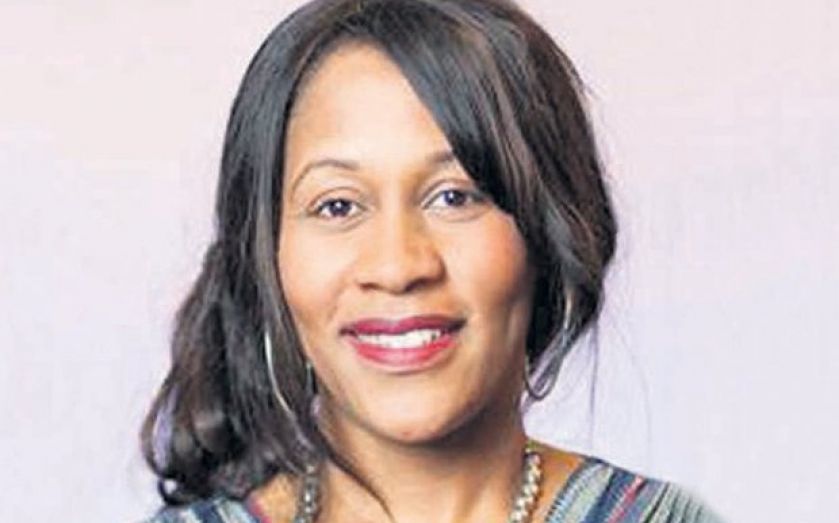Partnerships may be the big trend in 2014

Annabel Palmer talks to MediaCom’s Karen Blackett
WHEN Karen Blackett, UK chief executive of MediaCom, got her first big break in 1993, it was over a year before Wired magazine launched the first ever ad on the World Wide Web. She talks to City A.M. about her career, adapting to a rapidly-changing industry, and the big trends of 2014.
Q What’s been your biggest learning curve to date?
A When I left the UK to become chief operating officer for Europe, the Middle East and Africa for MediaCom. It was my first time working outside the UK, and it was eye-opening to experience how the market works in countries like Turkey, Russia and Poland. There are fantastic creative people in the UK. But there are also fantastic creative planners and strategists outside the UK. Markets like Poland and elsewhere in the Central and Eastern European region were doing fantastic work in analytics and econometrics, which I brought back to the UK.
Q How has the industry changed since the start of your career?
A The biggest change has been the rise of digital. The old model of consumers being shown an ad, and then buying a product, is being replaced by an infinitely more complex process. There has to be a connected planning process, rooted in an understanding of the entire customer journey. And that involves much more personalisation, more hyper-targeting, content strategies at scale, and much more optimisation in real time. It does take longer, it is more labour intensive, but we’re seeing more integration and better connection with the consumer at every stage.
Q Where is the market heading in 2014?
A The biggest area of focus is super-connected partnerships. Brands now have to embrace partnerships not just with a media owner, but also with a retailer, to get their brand message to consumers. Brands have more to offer than cash – they might have large social media followings, or access to famous ambassadors. A good example is the Nikon cameras sponsorship of Hollyoaks. We used some of the cast characters and associated them with the different Coolpix coloured cameras, took them onto the packaging, and used the cast instore and at Asda sales conferences. It goes to show how clever partnerships can be worth far more than the sum of their parts.
What we will also see this year is the reinvention of direct response. Phone response rates have dropped by 70 per cent over the past four years – traditional methods are having less impact. So brands need to find a way to optimise web response and pay-per-click. Consumers no longer see an ad and make a purchase. It has become more and more pressing for agencies to understand the direct and indirect impact of search engine optimisation on sales. The ones that grasp that, along with social content, will be the ones that succeed.
Finally, 2014 will be the year that programmatic buying really comes of age, and establishes itself beyond just digital display, social API and video into digital out-of-home and television.
Q What has been the most interesting campaign you’ve worked on, and why?
A Back in the early days, I remember launching Cable & Wireless as a brand. We turned every colour site of every newspaper in the UK yellow to reflect the company’s corporate colours. It had never been done before. Though in terms of innovation, that has been surpassed by the Territorial Army live ad from Camp Bastion we worked on last year.
Q What’s the one campaign you wish you’d been able to work on?
A Coca-Cola – the Share A Coke work that won the Silver at Cannes Lion from Australia. I wanted to produce work like that. So when the client came up for pitch in the UK, we saw off the competition. We’ve been working with them since July 2013.
Born: Reading
Lives: Chiswick and the Cotswolds
First ambition: Air traffic controller
Catchphrase: Done is better than perfect
Favourite song: You Do Something To Me, by Paul Weller
Favourite book: To Kill A Mockingbird, by Harper Lee